Special Report
Innovative Methods Legendary Athletes Have Used to Remain the Best
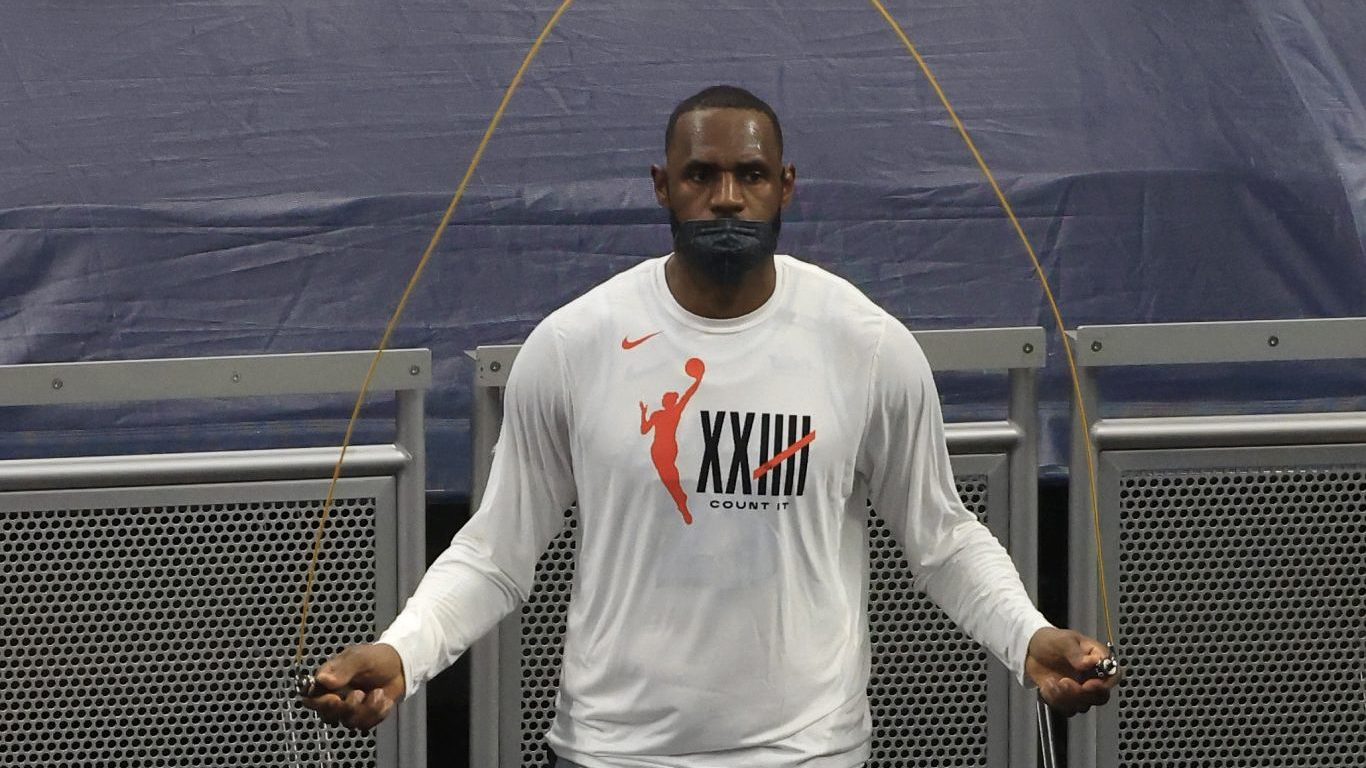
Published:

By the time they make it to the pros, players are well versed in how to break down game film, run practice drills, and lift weights. As the level of competition increases, athletes may find they need something extra to stay on top of their game.
Professional athletes will do whatever they can to get an advantage over their opponents. Sometimes, this just means working harder or eating a better diet. Yet some great athletes have gone above and beyond trying and developing innovative new methods to perfect their bodies and their skills.
24/7 Tempo reviewed sports stories from outlets like ESPN and Bleacher Report to compile a list of innovative methods legendary athletes have used to remain the best.
Many of these methods are high-tech. Athletes have used new and emerging breakthroughs in medical research and technology to recover faster from injuries, hone their coordination, and practice specialized skills. Players who used these specialized techniques may not only have extended their careers, but also played very well right until the end of their career. These are the athletes with the most memorable final seasons.
It is worth noting that not all of these methods are fully backed by scientific consensus, and the benefits athletes feel they get may just be a placebo effect. It could also be that a method works specifically for them but might not work on others. Other great players have used far less high-tech methods to become great. Whether it was using dance to become more agile or catching bricks to harden the hands, athletes will use any tool at their disposal to gain an edge.
Click here to see innovative methods legendary athletes have used to remain the best

Strobe light glasses
> Used by: Michael Jordan
Michael Jordan became so popular that every NBA game he played in was an event. Professional and amateur photographers wanted to take pictures of his every move, so he was subjected to constant flashes of lights throughout the game. MJ decided to start training with strobe lights flashing to mimic the effect.
Nike eventually came out with glasses that players can wear that use internal LCD lights to prepare players for random flashes. These glasses have been used by modern superstars like Steph Curry and Kawhi Leonard as well.
[in-text-ad]
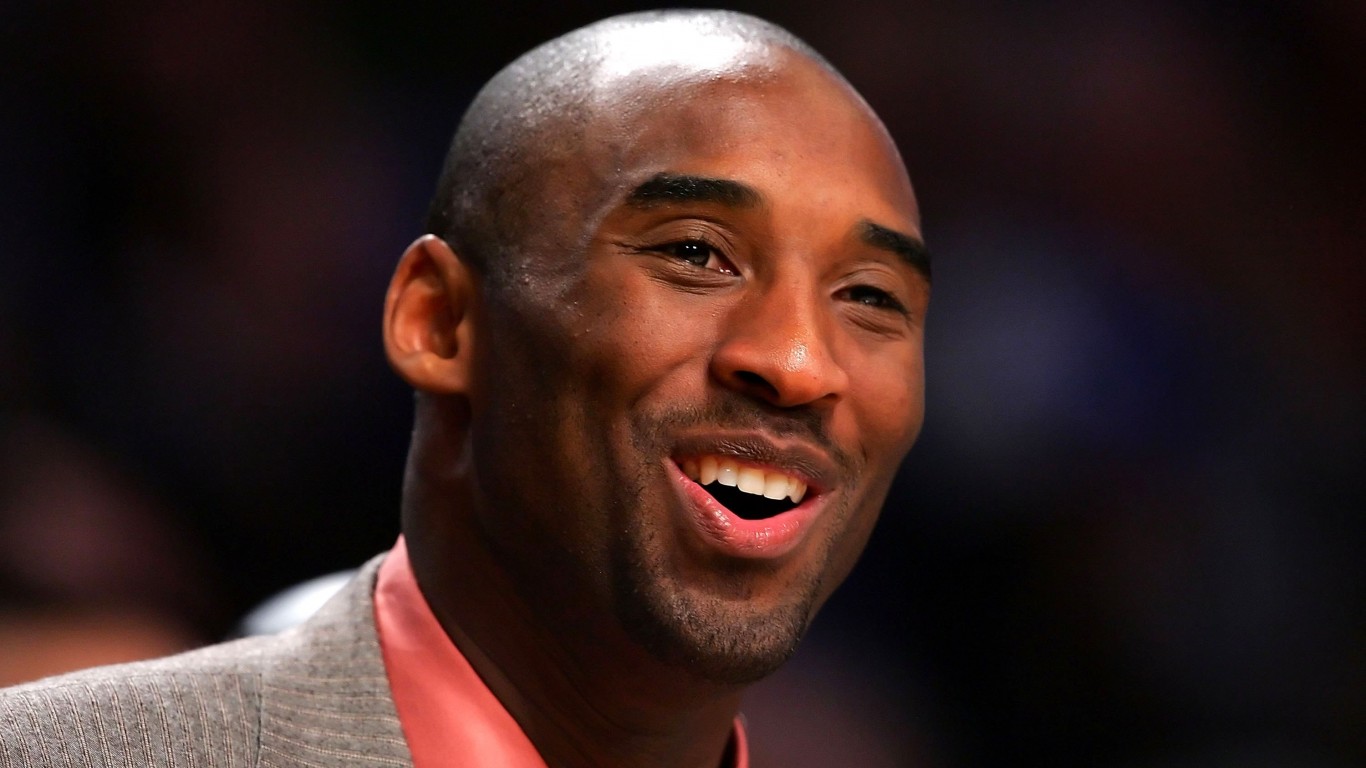
Blood rich plasma platelets
> Used by: Kobe Bryant, Peyton Manning
Due to knee issues, Kobe Bryant went to Germany in 2013 to receive a new treatment known as platelet-rich plasma therapy or Regenokine. The therapy removes a patient’s blood. The blood is mixed with substances that are supposed to help with recovery, then re-injected to the patient. Other athletes like Peyton Manning, Tiger Woods, and Tracy McGrady also used the therapy. Though many athletes use it, the treatment has not been proven effective.

Catching bricks
> Used by: Jerry Rice
Jerry Rice became the NFL’s greatest ever wide receiver thanks to his work ethic. The son of a brick mason, Rice says he and his brother would toss bricks into the air and practice catching them as kids. This no doubt helped his great hands, as a football is much easier to catch. The method clearly worked for Rice and was adopted by All-Pro receiver Antonio Brown as well. In addition to catching bricks, Rice also developed his speed and tenacity by running down and catching wild horses as a child.
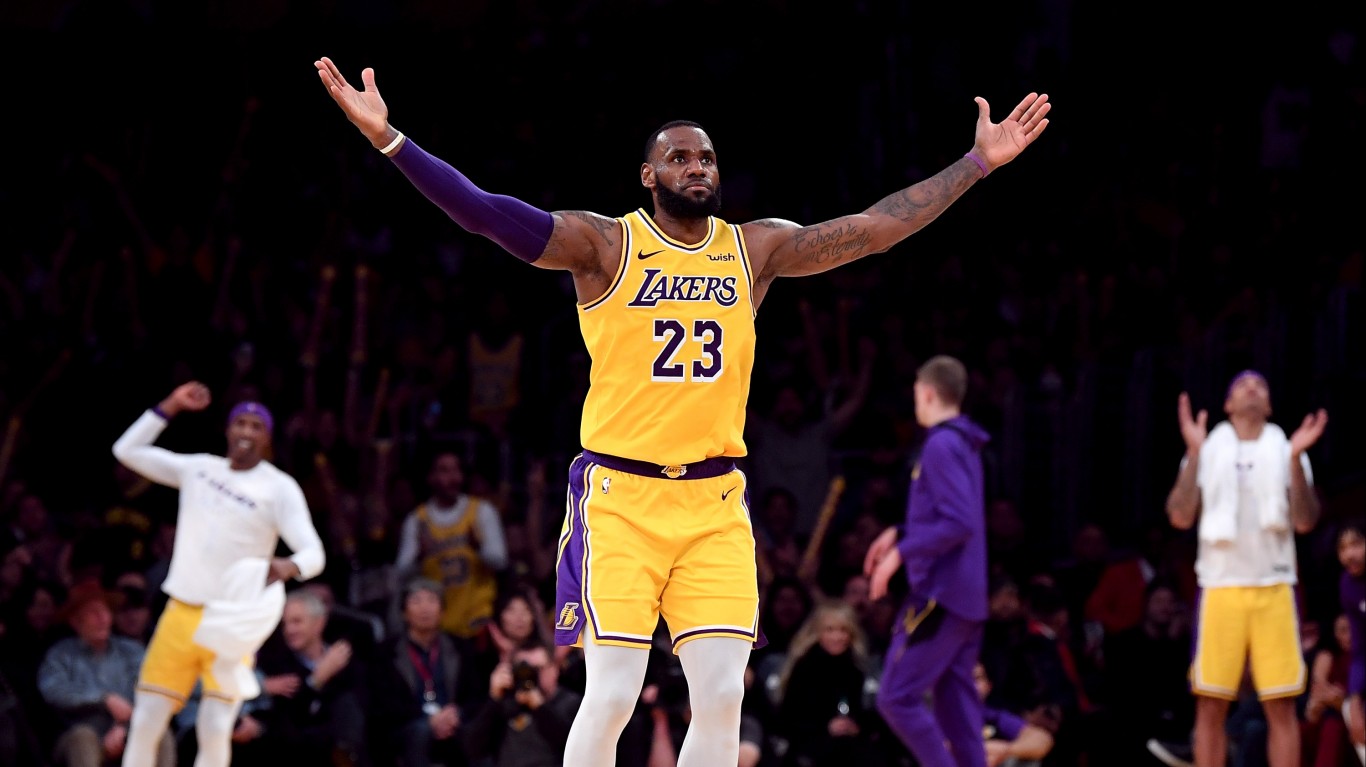
Cryotherapy
> Used by: LeBron James
Cryotherapy has become a popular recovery method among professional athletes like LeBron James, Shawn Marion, Jason Terry, and many more. The liquid nitrogen-powered chamber dips to under 100 degrees below zero to force the body to produce more oxygen-rich red blood cells, which are supposed to aid in recovery, though scientific consensus on the actual benefits is mixed.
[in-text-ad-2]
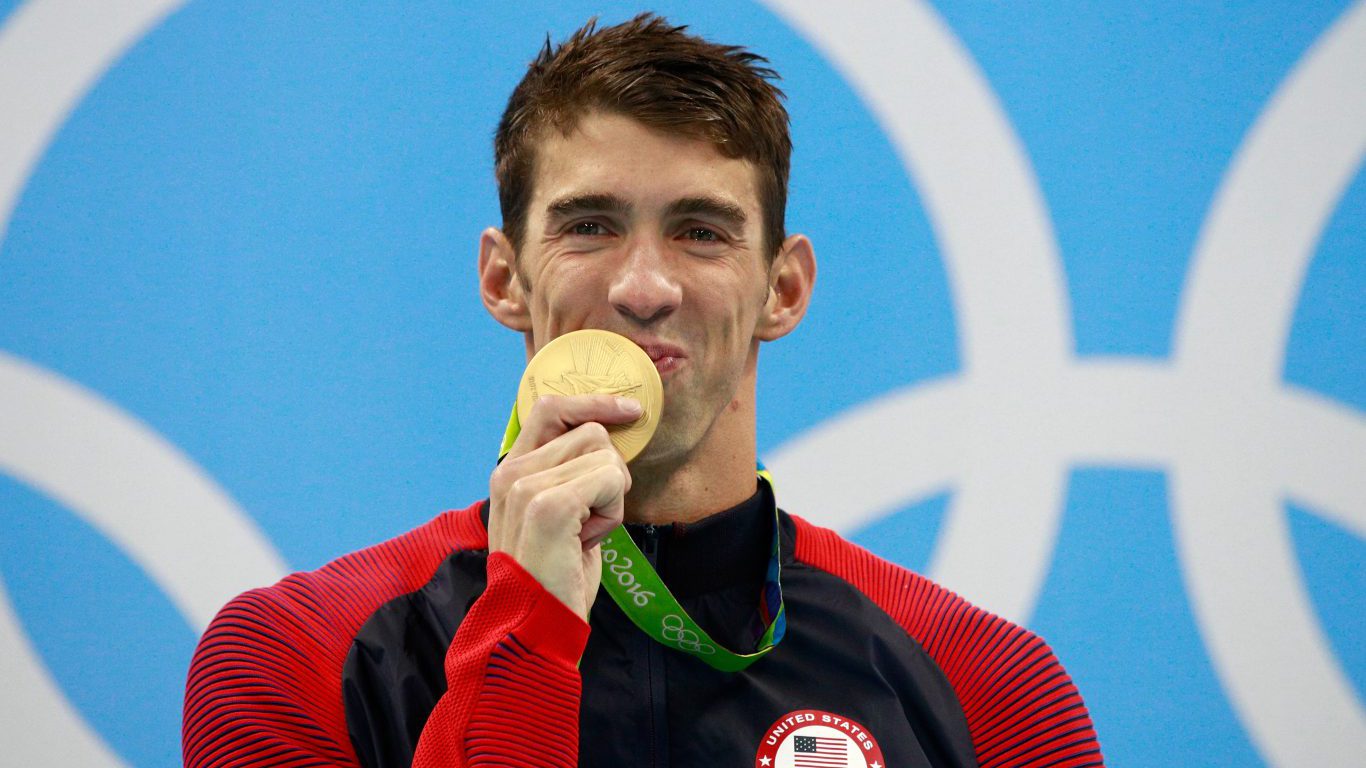
Hyperbaric chamber
> Used by: Michael Phelps
Altitude or hyperbaric chambers are sealed pods that provide the user with a 100% oxygen environment instead of the 21% found in the air. This increased oxygenation is favored by high-level athletes like Michael Phelps to support healing and recovery, though the medical community has yet to reach a consensus about its effectiveness.
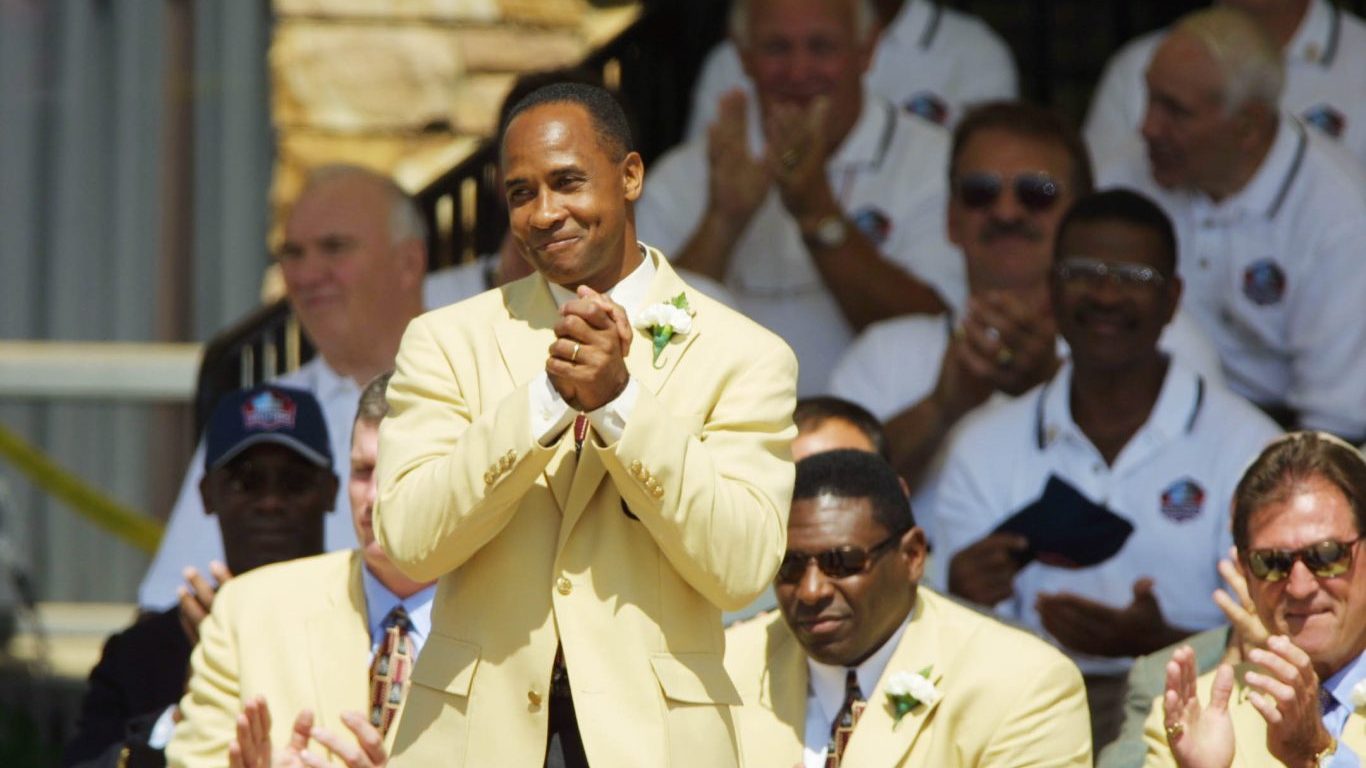
Ballet
> Used by: Lynn Swann, Herschel Walker
Ballet and the NFL may not seem to have that much in common, but several notable players have used the techniques and training used in dance to boost performance on the gridiron. Pros like Lynn Swann and Herschel Walker used ballet to increase flexibility and pliability, as ballet strengthens and tones muscles in a way that working out with weights cannot achieve.
[in-text-ad]

Vibrating muscle rollers
> Used by: Tom Brady
Tom Brady is known for his strict diet and innovative workout methods. Brady uses vibrating muscle rollers to soften and elongate muscles before and after workouts. According to his TB12 method, these vibrating muscle rollers “prepare the muscles and nervous system for an optimal workout.”

Stem cell therapy
> Used by: Tiger Woods, Max Scherzer, Rafael Nadal
Stem cell therapy may be the most controversial, but still legal method that athletes use to recover from injury. Superstars like Max Scherzer, Tiger Woods, Rafael Nadal, Peyton Manning, and many others have received stem cell injections — a process in which a clinic draws fat or bone marrow cells from the body and injects those cells into the affected area. Doctors say this treatment is unproven and may only work via placebo effect.
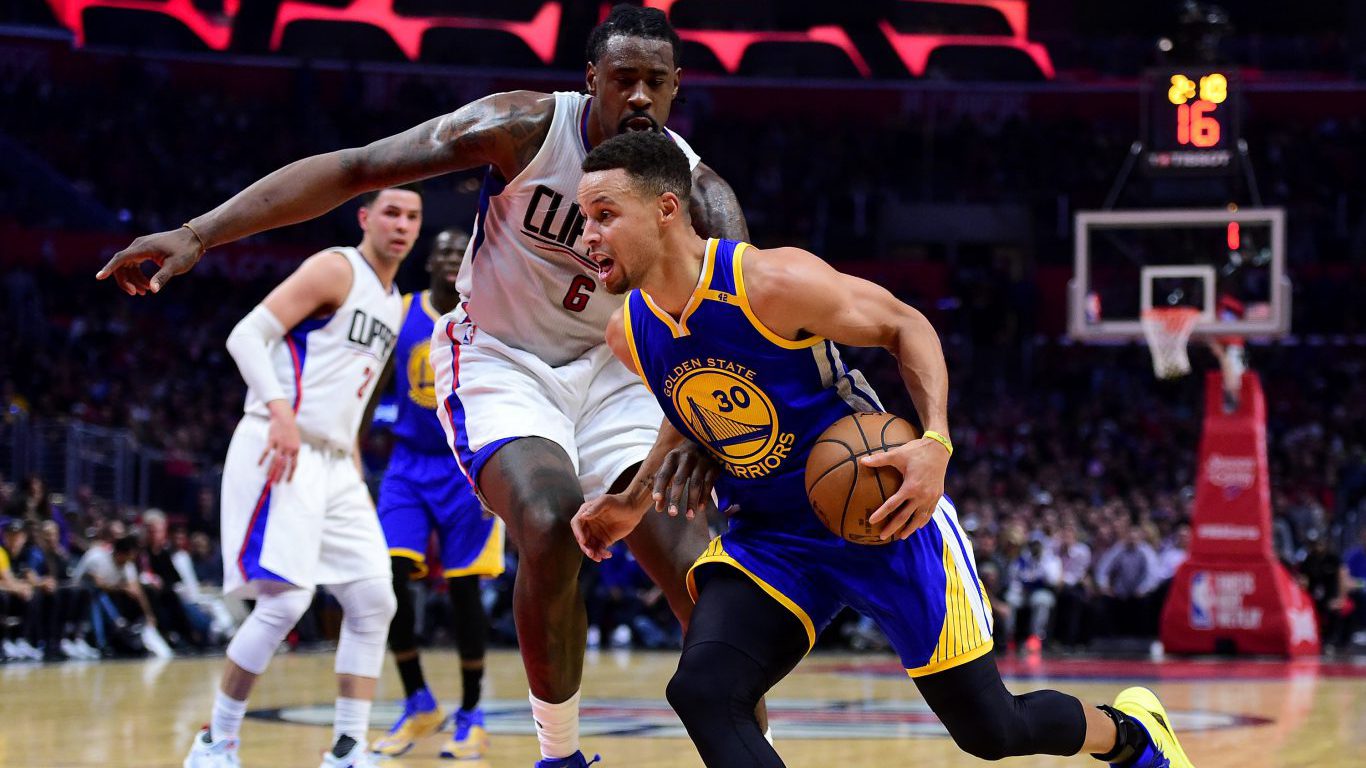
Catching tennis balls
> Used by: Steph Curry
Steph Curry is renowned for his ball-handling abilities. Though he uses plenty of high-tech methods to train, like the aforementioned strobe light glasses, he has also used something a bit simpler — a tennis ball. Curry hones his focus and concentration by tossing a tennis ball to himself or catching it from a trainer while dribbling with his other hand.
[in-text-ad-2]
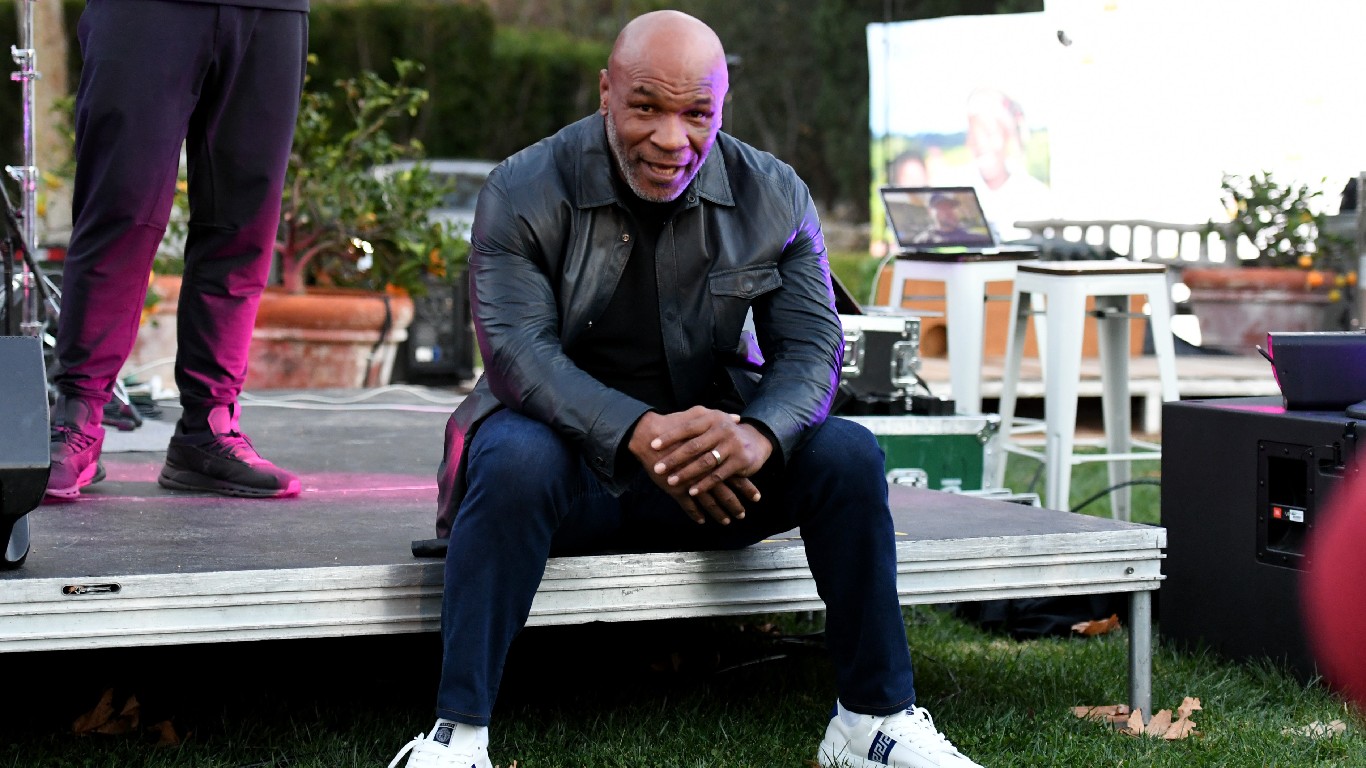
Hypnosis
> Used by: Mike Tyson
While athletes work very hard on their bodies, sometimes they can also benefit from sharpening their mental state as well. Boxer Mike Tyson was notoriously aggressive and unpredictable, so he turned to hypnosis to focus before fights. Tyson said his trainer had him hypnotized multiple times a day since the age of 12 to help him gain focus before fights or training sessions.

Virtual Reality
> Used by: Lindsey Vonn
Some sports, like skiing, are riskier to train for than others. After all, what do you do in the summer when there is no snow. American skiers like Lindsey Vonn and Laurenne Ross have turned to virtual reality. VR headsets can give an athlete the sensation of running, jumping, or racing down the slopes — all without actually doing it.
[in-text-ad]

Cupping
> Used by: Michael Phelps
During the 2016 Olympics, many viewers noticed strange reddish-purple blotches on the backs of some of the athletes, like Michael Phelps. These were the marks left behind by cupping, a technique in which an athlete has a glass cup suctioned to their back. It supposedly helps to relieve muscle tension and loosen tendons. This ancient therapy method does not have much evidence of working.
After two decades of reviewing financial products I haven’t seen anything like this. Credit card companies are at war, handing out free rewards and benefits to win the best customers.
A good cash back card can be worth thousands of dollars a year in free money, not to mention other perks like travel, insurance, and access to fancy lounges.
Our top pick today pays up to 5% cash back, a $200 bonus on top, and $0 annual fee. Click here to apply before they stop offering rewards this generous.
Flywheel Publishing has partnered with CardRatings for our coverage of credit card products. Flywheel Publishing and CardRatings may receive a commission from card issuers.
Thank you for reading! Have some feedback for us?
Contact the 24/7 Wall St. editorial team.